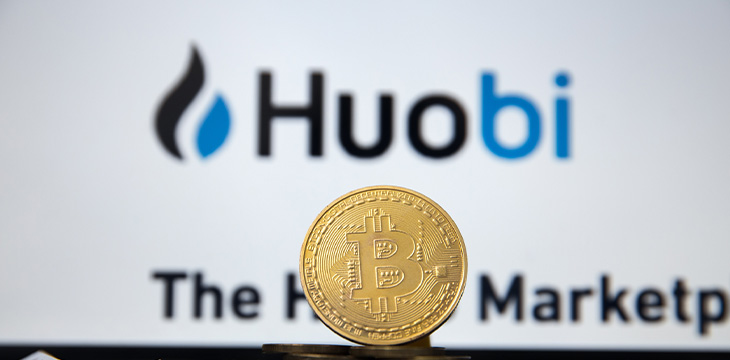|
Getting your Trinity Audio player ready...
|
The last few months have seen multiple so-called stablecoins break their 1:1 U.S. dollar peg. While some have been mere blips on the radar, others have had catastrophic consequences.
On August 19, HUSD, a stablecoin issued by Stable Universal Limited in conjunction with Huobi, lost its peg, trading as low as $0.82 per coin at one point.
While the peg has largely been recovered in this instance, it’s yet another example of how stablecoins are neither stable nor safe.
What happened to HUSD, and how did it recover?
Last week, August 19, HUSD lost its dollar peg, plunging as low as 0.82 before recovering to the low 0.90s, eventually making a full recovery to $1 before dipping back to around $0.99, where it sits at the time of writing.
What happened? According to Huobi, which, to its credit, quickly moved to find out what was going on and communicate with HUSD holders, the depeg was caused by a decision to close market maker accounts in several regions to comply with regulations. They said that a difference in banking hours between various regions caused a liquidity problem, causing HUSD to lose its dollar peg. Ultimately, the peg mostly recovered, and Huobi told users there was nothing to worry about.
Paxos and FTX abandon HUSD
While the digital currency markets did plunge at the same time as HUSD lost its peg, it’s unlikely the two events are correlated. HUSD only has a market cap of $81 million and a daily trading volume of $50 million on average, so it’s a relatively minor stablecoin. Even at the peak of the bull market, before the crash began, it never had a market cap much above $1 billion.
In fact, HUSD is so small that both Paxos, initially the custodian of the dollars that back the stablecoin, and Sam Bankman-Fried’s FTX have abandoned it. It’s understood that the dollars meant to back HUSD are now held by Huobi Trust in Nevada.
Yet another stablecoin proves it isn’t stable at all
While HUSD did ultimately recover (mostly) from its depeg event, the latest stablecoin depeg displayed two things: small teams of people behind the scenes can make decisions that have massive risks for holders, and stablecoins aren’t so stable at all.
These lessons have been demonstrated time and time again in recent months. First, we saw Terraform Lab’s UST implode, plunging the digital currency sector into a bear market from which it has not recovered. Shortly after that, we saw USDT from Tether and USDD from Tron both lose their pegs before recovering several weeks later.
The lesson to be learned here is simple; stablecoins, in their current form, can’t be trusted or relied upon. While HUSD holders can count themselves lucky that they can now cash out for real dollars this time, the holders of UST weren’t so lucky, and the holders of USDT, USDD, and other stablecoins might not be so fortunate in the future.
Expect more failures and depegs—why take the risk?
As governments deliver on promised stablecoin regulations, and as the bear market deepens, it’s not too much of a stretch to imagine further stablecoin depegs and failures. While minor ones like HUSD might not have much impact if and when they go under, major ones like USDT will completely destroy the market as we know it.
The real question is, why is anyone still using or holding these so-called stablecoins at all? There are plenty of regulated, fiat on-ramps in the industry now, including those provided by financial giants like Blackrock, so there’s little reason for anyone, especially institutions, to risk using (un)stablecoins.
As Twitter user Bitfinex’ed repeatedly hammers home, something doesn’t smell right about stablecoins, and when it comes to the largest of them all, Tether, the stench is overwhelming. Digital currency traders and speculators should exercise caution and cash out of stablecoins into real money before it’s too late.
It’s not going to be the last. There’s actually a stablecoin today that’s already had billions of dollars seized for bank fraud and money laundering, with their bankers convicted of bank fraud and money laundering, and shareholders convicted of money laundering.
Probably nothing pic.twitter.com/lTMw3Rh4NT
— Bitfinex'ed 🔥🐧 Κασσάνδρα 🏺 (@Bitfinexed) August 18, 2022
Watch: The BSV Global Blockchain Convention panel, The Future of Financial Services on Blockchain: More Efficiency & Inclusion
https://www.youtube.com/watch?v=_P35e2w2W6c

 12-18-2025
12-18-2025 




